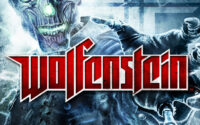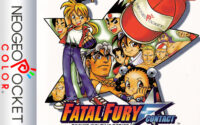Suikoden Review
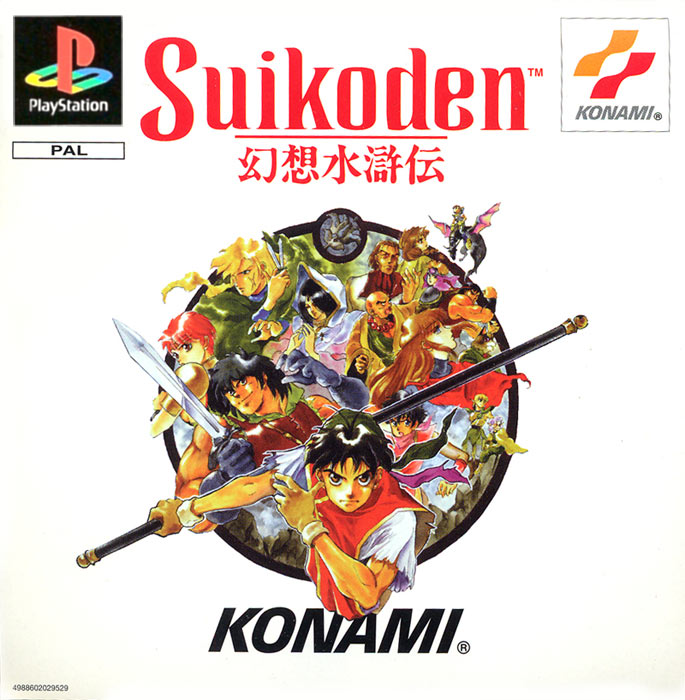
Good role-playing game that deals with freedom fighters who struggle in a corrupted empire.
Story
A young man, fighting in his father’s footsteps for the sake of the Scarlet Moon Empire becomes the witness of a sinister force that is manipulating the ruling powers of the Empire. He finds that the corruption is indeed running deep and when he tries to expose it, he and his friends effectively become enemies of the state. He is thus forced to seek refuge, and he soon teams up with a group of rebels in a resistance movement who are also hiding from the unjust powers of the empire. They band together in an desperate attempt to make things right again in the troubled kingdom.
The Game
Suikoden is a role-playing game set in a fantasy world, and this is the first game in the epic, now over 15 years old Suikoden game series.
In Suikoden you play as the young man who sets out on a quest to expose the evil that rules behind the curtains in his war torn homeland. The game is set up like many other role-playing games in its genre where you walk around on a world map from a top-down view and search for interesting people to talk to in order to get clues as to where to go next. In between the adventuring you’ll also need to engage in many battles against all kinds of foes; be it bandits, soldiers, monsters or even just dangerous wild life that inhibits the world.
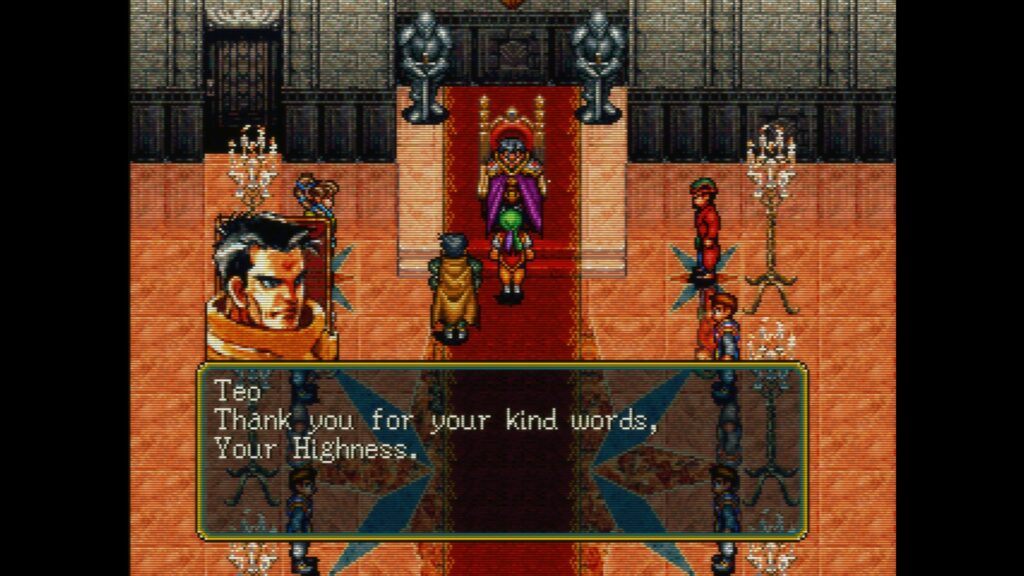
Content
The game relies heavily on the story, and almost every dialogue that takes place in the game relates to the main theme of the game. For the most part the story is very engaging and has many unpredictable twists, and the game does set up many emotional bonds between the main characters of the story.
You never have to travel alone in this game as there are numerous friendly faces to get familiar with in the game world. In fact, there are a total of 108 playable characters that you can enlist in your personal war against the corruption of the empire. Most of these characters require certain criteria to be fulfilled before they’ll consider joining your cause, however. With that in mind, your party can only consist of six characters at one time, but you are free to rearrange your party anytime when you’re back at your headquarters.
Each character has its set of restrictions in what type of equipment it can use – warrior type characters will need heavy armors while support type characters will typically rely on light armors. Each character also has its own weapon, which is set and can not be changed. Mixing up your party so that you have some ranged weapon users and some close quarters fighters is of course a huge advantage, as that allows your party’s attacks to flow more unhindered, rather than having your characters take turns going up front and making their attacks.
Weapons can be upgraded at the blacksmith to increase their power. Upgrading a weapon is always an investment that you will have to make in that specific character, and the upgrades can quickly become expensive. Naturally you won’t prioritize to upgrade the weapons of the characters that you neglect from your party. So if you’re cheap or low on Bits (the currency in the game) you may want to stick with the same characters as much as possible.
As you’re traveling the world you will constantly be faced with wild monsters that are randomly spawned almost everywhere you go. When you kill monsters your characters will earn experience points, and for every 1000 experience points a character earns, it will level up, which in turn is directly tied to the strength of that character. A character has many stats such as health points, skill value, speed, magic abilities etc and these are raised when you gain levels.
Perhaps the most important perk of your characters are what type of magic they can use. Every once in a while you will find different elemental runes. There are 28 different runes in the game, and binding these runes to characters will allow them to wield different kinds of magic. For example, water magic will give you access to healing spells while fire magic will translate to damage dealing spells. While this gives you some neat customization options, the game is never clear about which rune stone gives what spells, so it’s pretty much a crude guessing game unless you have a game guide at hand while playing.
The battles in Suikoden are turn based with a huge portion of randomness. Each turn starts with you assigning actions to your characters. Once you’re satisfied with the selected actions, you get to watch how the turn plays out and what moves the enemies make.
As mentioned above, you will be able to maximize the effectiveness of your party by carefully picking party members but also by how you set up your attacks – long ranged weapons are best when used from the back row of your formation.
During a battle you can choose to perform a “free will” battle where your characters will act out of their own mind – but in all honesty, this option is useless because it won’t save you any time nor is the AI of your characters very smart.
Since there is some repetitive fighting to be done, you will end up just pressing “attack, attack, attack, OK” through many of the battles, which you may or may not find satisfying.
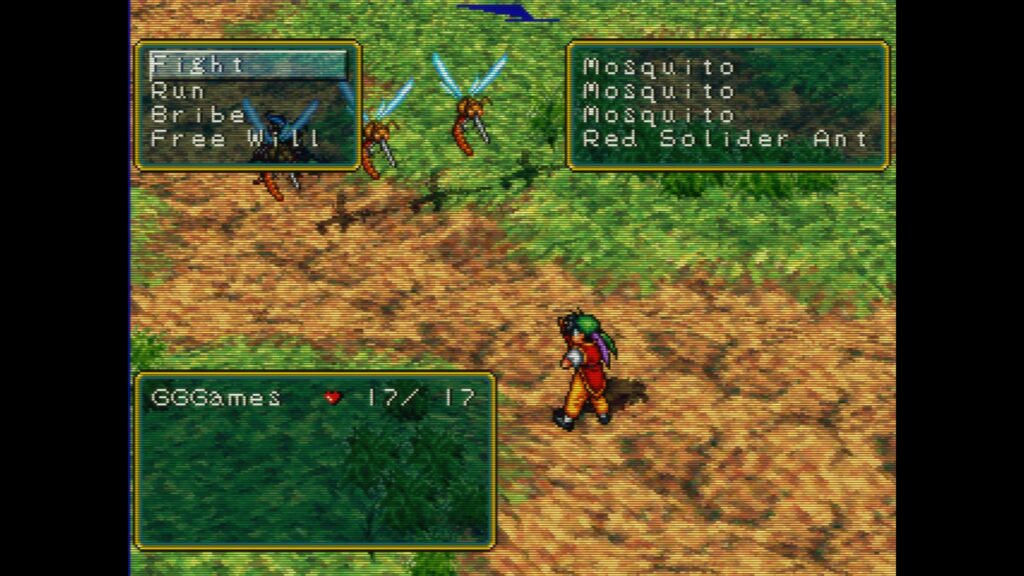
There are a few mini-games in Suikoden such as dice games and other gambling games. These games can either drain your Bits, or if you’re lucky and skillful you will be able to make a fortune out of them.
A more prominent feature are the so called Major Battles, which typically occur when the rebels clash with the armies and soldiers of the empire. Major Battles are best described as a tactical battle game that plays a little like a card game – you have a set of options for your coming turn such as spying on the enemy army, casting spells or attacking. Your characters are divided into squads of three depending on their class (and areas of responsibility), and depending on the strength of your squad the result of their actions weigh in on the outcome of the turn. These mass scale battles are a nice addition to the otherwise traditional battles that are in the game, and it provides a nice opportunity to characterize all of those who have joined your cause and not only those who you choose to go in your main adventuring party.
The biggest problem that Suikoden has is that it isn’t really clear about what everything in the game does. As mentioned above, there is no direct way of telling what spells your characters can learn nor how you learn them. You are pretty much forced to randomly attach runes that you find to your characters and find out the hard way. Once you’ve learned some cool spells or abilities, you aren’t told exactly what it does, so once again you have to test it in hopes of finding out.
Another issue that you must withstand is that trading items between your characters can be a little awkward because the menus aren’t exactly streamlined.
You’ll also find that you’re heavily reliant on healing items rather than healing spells, because spell casting is expensive so you need to restrain the usage – at least in the first half of the game.
Navigating around the game world is done on a overview map, and since you’re free to explore the world in your own pace there’s always an overwhelming risk that you end up not knowing where to go. If you indeed get instructions on where to go and whom to speak with, you’ll always be able to get those instructions repeated – if you can remember where you got the instructions to begin with.
As far as the world map goes, you probably will need to consult a game guide, and the world map that’s included in the game manual really isn’t any help as it doesn’t have any locations marked on it. There is also a world map that can be used in the game, but it’s not available from the start and needs to be found in the game first.
The length of the game depends of course on how you play it – if you take your time to explore the world and search for hidden secrets you’ll get about 20 hours out of it. Training companions is where the bulk of that time lies, so if you want to train more of your companions you need to spend some more hours with it before you beat the game.
Graphics
The graphics in Suikoden are pretty charming; it pays homage to old school RPG’s with its somewhat simplistic graphics, but it also has a home for many visual effects powered by the PlayStation hardware. During the battles you’re given a close up view and a neat 3D perspective overview of the fight – but the figures on screen are still 2D sprites. The camera does all kinds of zoom-ins and pans which brings the scene alive even more. While this approach does inevitably lead to some really pixelated visuals, it really manages to keep things snappy and running smoothly.
Otherwise the game is colorful and even manages to pack in some nice details here and there but on the flip side, the monster design is mostly uninspired.
Sound
The soundtrack in this game is plain great! It may not be the greatest stuff you’ve ever heard but it’s a very, very nice try. There’s enough catchy songs to go around and most of it also manages to capture and enhance the dramatic storyline of the game. The musical score has both medieval and Asian influences and it’s performed with synthesizers that mimic baroque and medieval instruments.
The sound effects are generic and doesn’t really make any lasting impression, so when it comes to sound and music it’s obvious that this game is reliant on the latter.
Summary
Suikoden feels like a light weight J-RPG mostly because of its relatively short storyline. The game has an intriguing story and the fighting system is a lot of fun. As such it’s accessible and neat overall. The most bothersome thing about the game is the mystery that surrounds the runes and the spell casting aspects. Sometimes the clues that you get can be hard to follow unless you’re an ace when it comes to memorizing locations and names of NPCs.
Suikoden surely has sparked a great game series, and this one is worth a play-through if you’re into this kind of games.
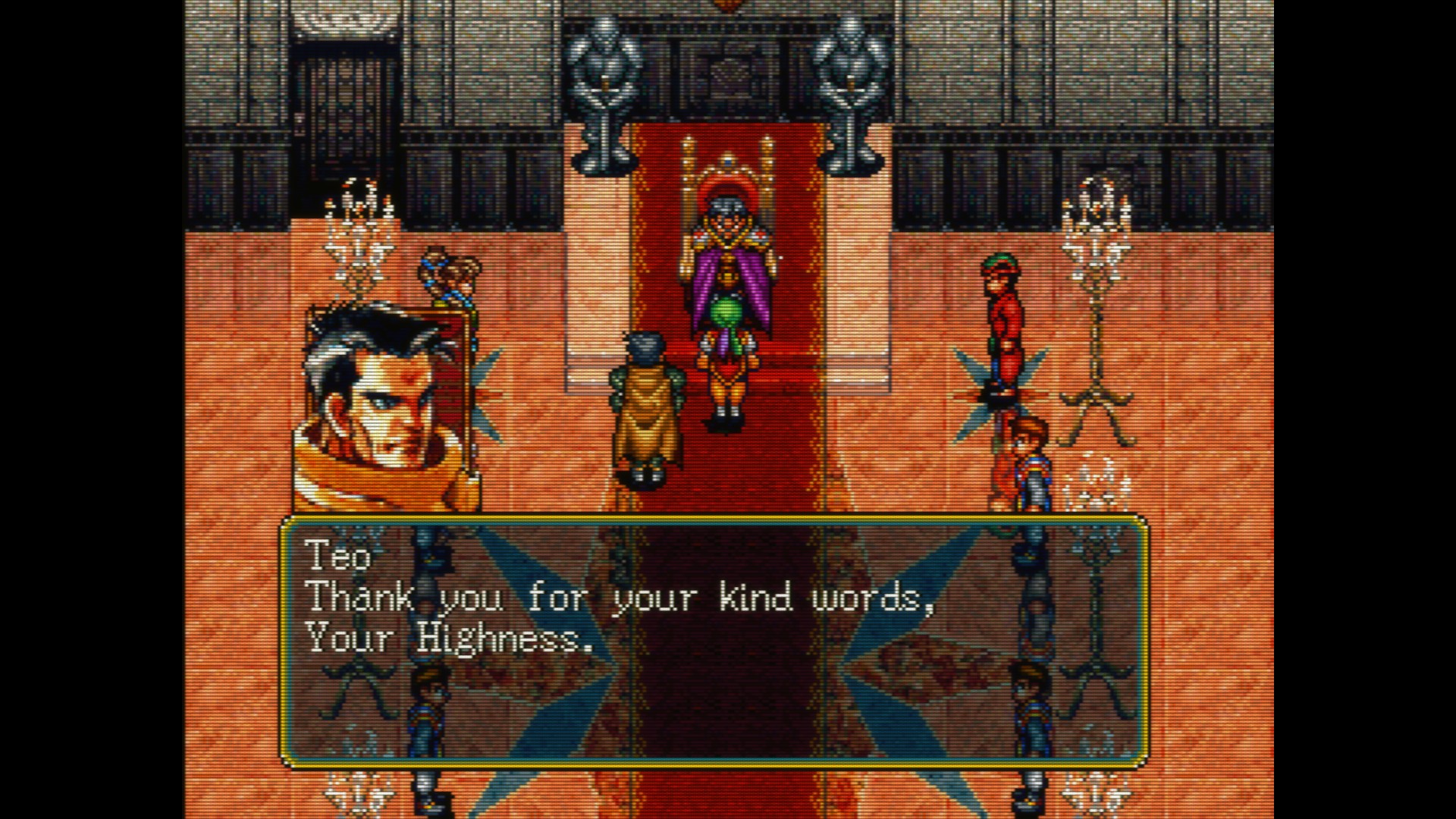
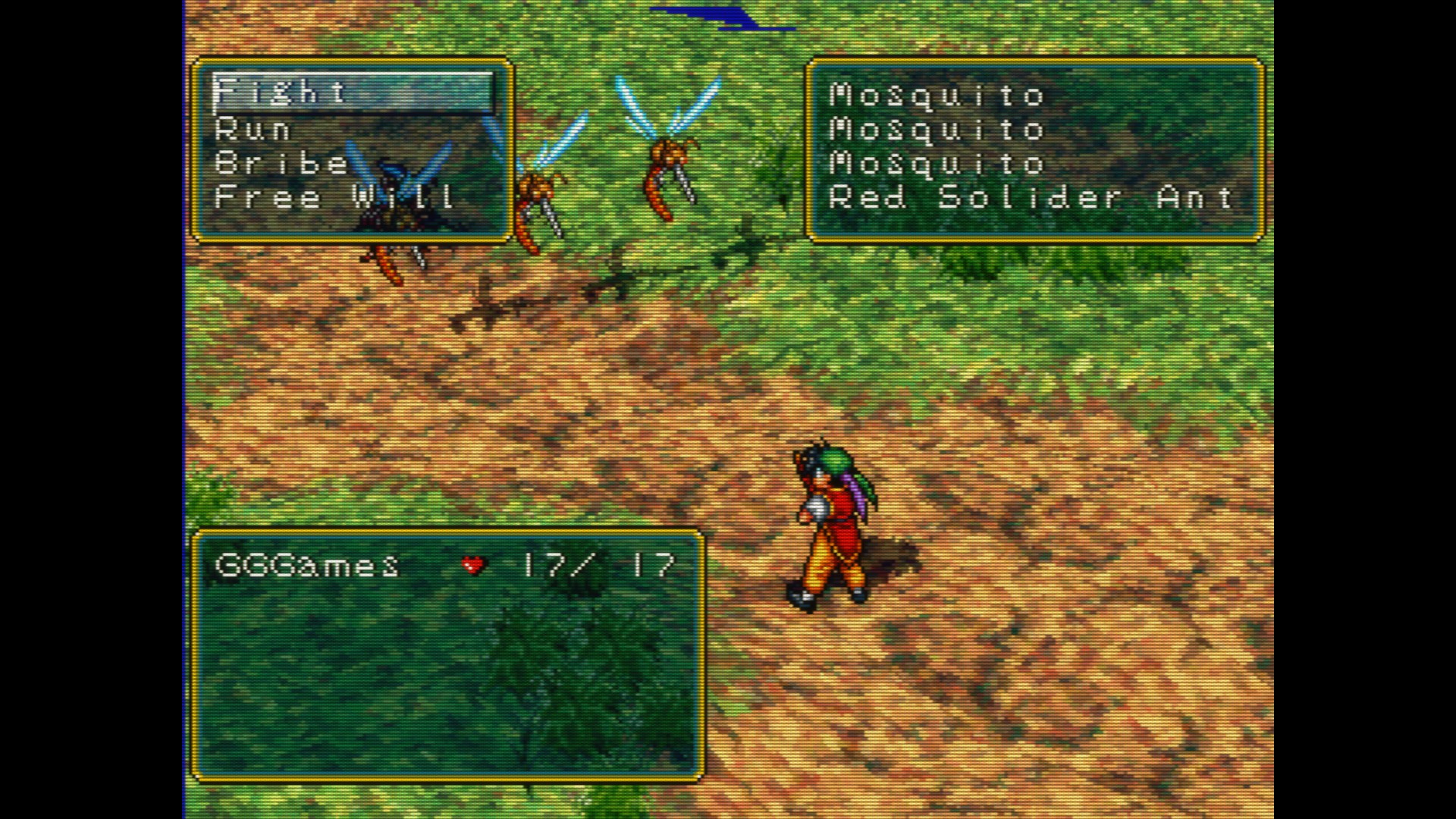
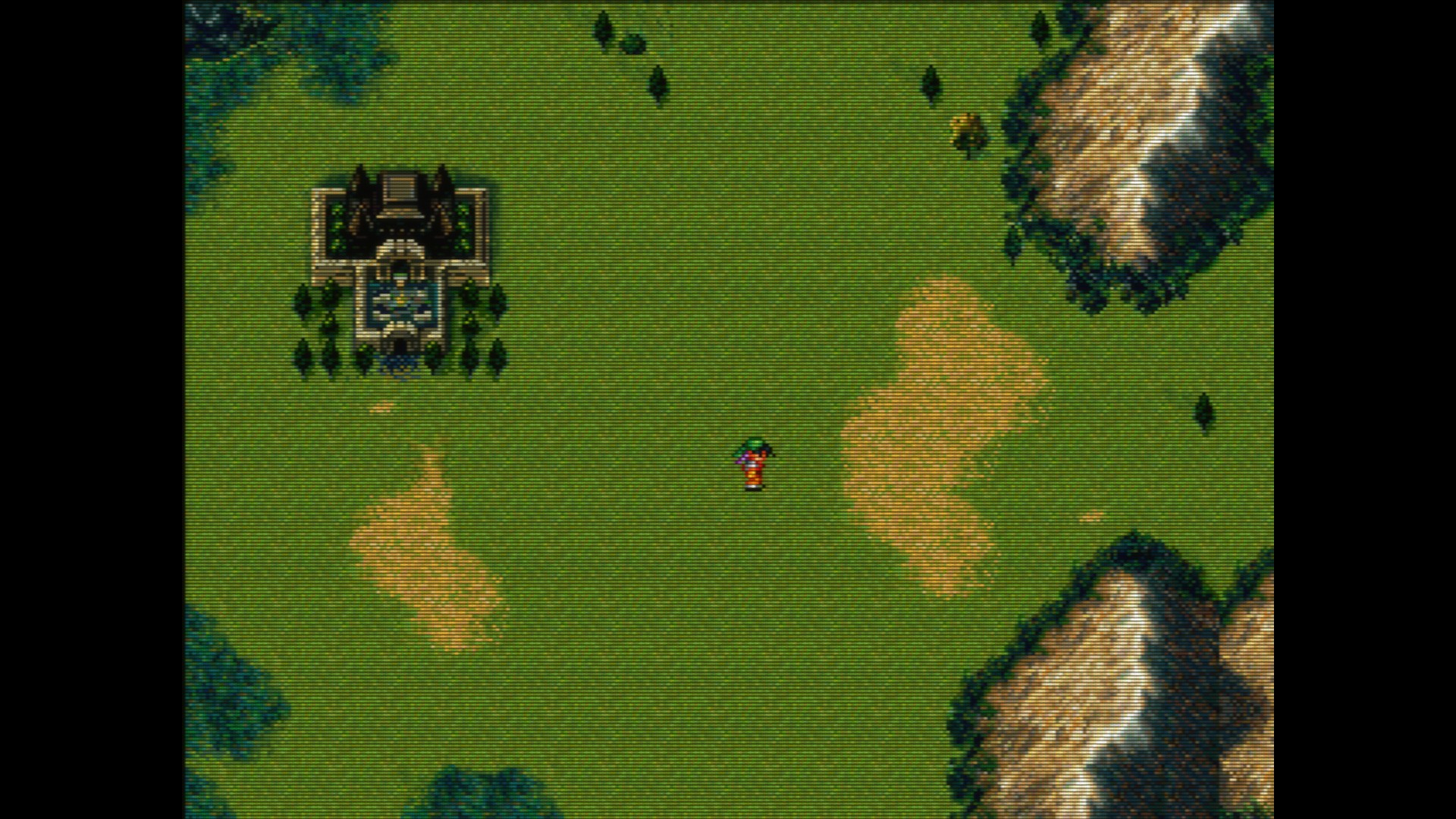
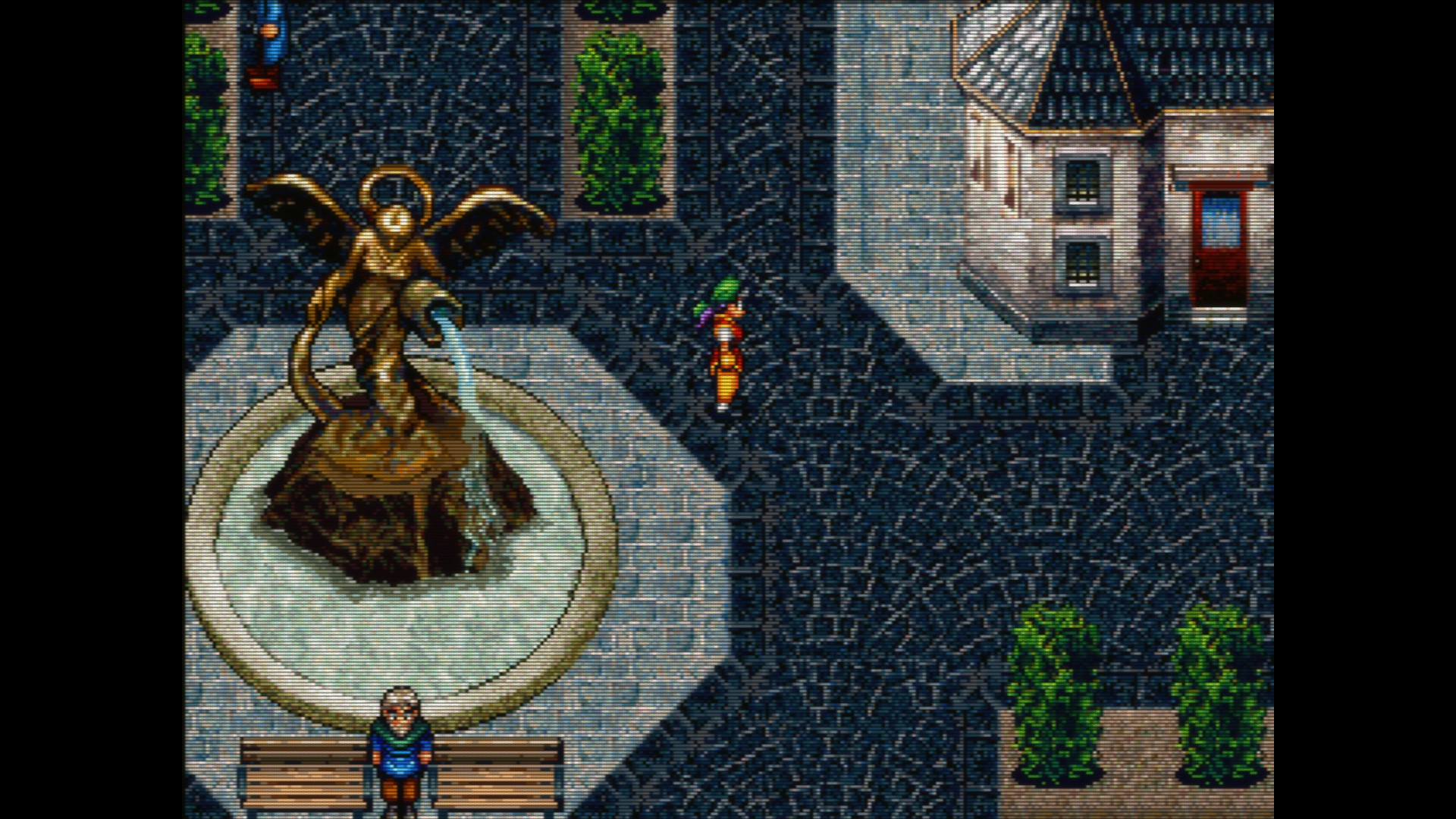
Developed by: Konami
Published by: Konami
Version Reviewed: PlayStation
Genre: Roleplaying
Players: 1
Also Available On: Sega Saturn, Playstation Network
Released in EU: 1997-03-00
Released in US: 1996-12-00
Released in JP: 1995-12-15
Website: https://www.konami.com/games/genso/
About The Author
Mattias
Played my first video game in the 80's on the Commodore 64, and have been hooked since then. Loved the 16-bit era, the glossy magazines, and the colorful arcade games from that time.


